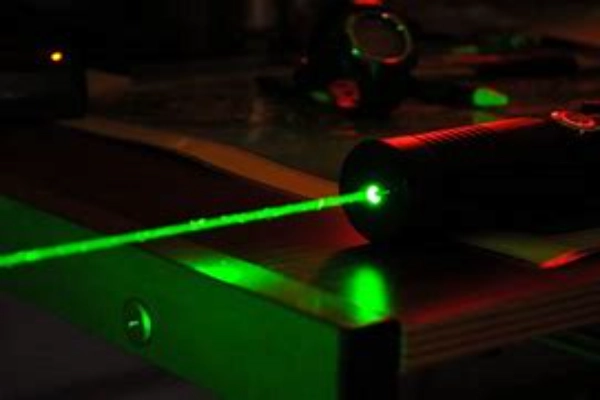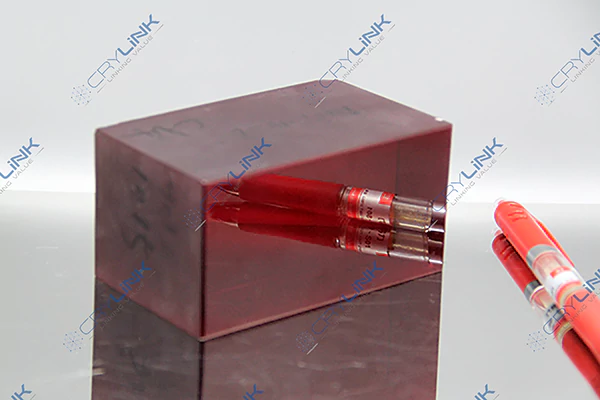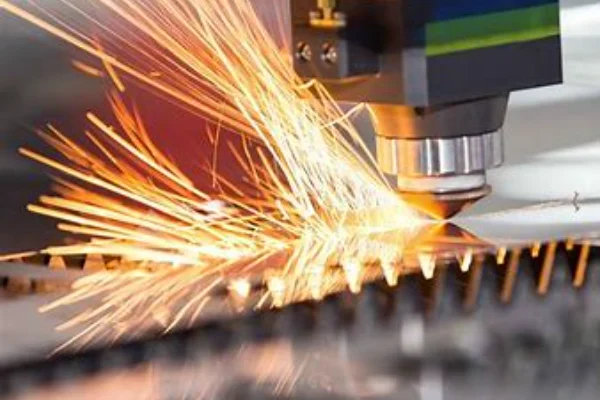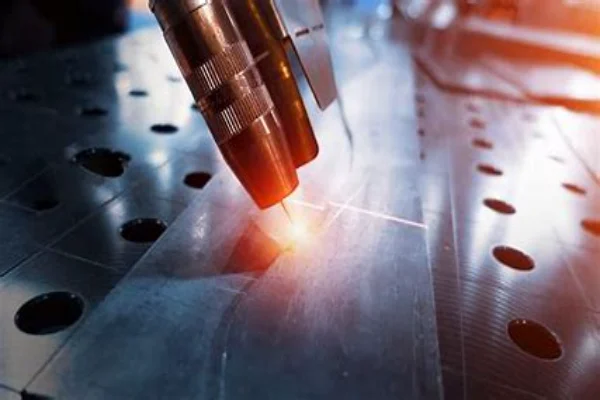Introduction
High-energy lasers have revolutionized various industries, from medical treatments to defense systems. Their ability to deliver concentrated energy in precise locations makes them invaluable tools. In this article, we delve deep into the fundamental principles and mechanisms behind high-energy lasers.

What Are High-Energy Lasers?
High-energy lasers are devices that produce light through the stimulated emission of radiation. Unlike conventional lasers, they can release a significant amount of energy in a short duration, making them suitable for applications that require intense power.
Core Components of High-Energy Lasers
The core components of high-energy lasers are crucial for their functionality and efficiency. These components work in harmony to produce the intense and focused beam of light that lasers are renowned for.
At the center of this intricate system lies the gain medium. Often considered the heart of the laser system, the gain medium is where the magic happens. It’s in this medium that the amplification of light takes place. When energy is introduced to the gain medium, it excites the atoms or molecules within. As these excited atoms or molecules return to their normal state, they emit photons. These photons then stimulate the emission of more photons of the same frequency, phase, and direction, leading to a chain reaction. The type of gain medium used can vary based on the specific requirements of the application. For instance, gas lasers might use helium or neon, solid-state lasers might use crystals like ruby or garnet, and dye lasers use organic dyes in liquid form.
Complementing the gain medium is the optical cavity. This component is not just a physical space but a meticulously designed setup that includes a set of mirrors. These mirrors are strategically positioned to trap light within the cavity. As the light bounces between the mirrors, it passes through the gain medium multiple times. With each pass, the light gains more energy, amplifying its intensity. The precision with which these mirrors are aligned and the quality of their reflective surfaces play a pivotal role in the efficiency of the amplification process.
Lastly, powering this entire operation is the energy source, commonly known as the pump. The pump’s role is to provide the initial energy required to excite the atoms or molecules in the gain medium. Depending on the type of laser and its design, this energy can be sourced from electrical currents, another light source, or even another laser. The efficiency of the pump is paramount. It needs to supply consistent and adequate energy to the gain medium to sustain the lasing process. Any inconsistency or inadequacy can affect the quality and intensity of the laser output.
In essence, the seamless integration and optimal functioning of these core components determine the performance of high-energy lasers. Each component, with its unique role, contributes to the laser’s ability to produce a powerful and coherent beam of light.

Working Principle of High-Energy Lasers
The working principle of high-energy lasers is a fascinating interplay of physics and engineering, resulting in the production of a powerful and focused beam of light. At the heart of this process is the phenomenon known as stimulated emission, which sets the stage for the amplification and eventual emission of laser light.
Stimulated emission is a process that begins when the gain medium, an integral component of the laser, is excited by an external energy source, often referred to as the pump. This excitation causes the atoms or molecules within the gain medium to move to a higher energy state. As they return to their normal or ground state, they release energy in the form of photons. What makes this emission “stimulated” is the fact that these emitted photons have the ability to stimulate the emission of additional photons from other excited atoms or molecules. Importantly, these newly emitted photons match the original in frequency, phase, and direction, leading to a cascade of photon emissions that are all coherent with one another.
Following the cascade of photon emissions is the amplification process. As the coherent photons traverse the gain medium, they encounter more excited atoms and molecules, prompting them to release even more photons. This repetitive interaction results in the amplification of the light beam, with the number of photons, and therefore the intensity of the light, increasing exponentially with each pass through the gain medium.
Finally, after achieving the desired amplification, the light is ready to be emitted as a laser beam. The optical cavity, another crucial component of the laser, plays a role here. One of the mirrors in this cavity is partially transparent, allowing a fraction of the amplified light to pass through. This emitted light is not just any ordinary light; it is a coherent and collimated beam of laser light, characterized by its single wavelength and parallel rays. This unique nature of laser light is what enables it to remain focused over long distances and carry out precise operations, be it in medical surgeries, industrial cutting, or scientific research.
In summary, the working principle of high-energy lasers is a testament to the marvels of modern physics and engineering. Through processes like stimulated emission and amplification, what starts as a simple excitation of atoms or molecules culminates in the emission of a powerful and precise beam of laser light.

Achieving High-Energy Output
Achieving a high-energy output in lasers is a complex endeavor that hinges on the meticulous optimization of several key components. Each of these components, when fine-tuned to perfection, contributes to the laser’s ability to produce a powerful and consistent beam of light.
The gain medium is often considered the heart of the laser system. Its quality directly impacts the efficiency of the laser. A high-quality gain medium is characterized by its ability to amplify light with minimal energy loss. This means that the majority of the energy introduced into the gain medium is converted into laser light, rather than being lost as heat or other forms of energy. The choice of material for the gain medium, whether it’s a gas, solid, or liquid, and its purity can significantly influence the laser’s performance. For instance, impurities or defects in the gain medium can scatter light, leading to energy losses. Therefore, selecting a pristine gain medium and maintaining its integrity is paramount for achieving high-energy output.
The optical cavity, specifically the design and alignment of its mirrors, plays a pivotal role in amplifying the laser light. The mirrors’ primary function is to reflect light back into the gain medium, allowing it to make multiple passes and gain more energy with each pass. The precision with which these mirrors are aligned can make the difference between a weak and a powerful laser beam. If the mirrors are misaligned, even slightly, the light might escape the cavity prematurely, leading to suboptimal amplification. On the other hand, a perfectly aligned optical cavity ensures that the light travels the maximum possible distance within the gain medium, leading to optimal amplification.

Lastly, the pumping mechanism is the driving force behind the lasing process. It provides the initial energy required to excite the atoms or molecules in the gain medium. An efficient pump not only delivers the right amount of energy but also does so consistently. Inconsistencies in pumping can lead to fluctuations in the laser output. Moreover, an overpowered pump can introduce excessive energy, leading to overheating and potential damage to the gain medium. Therefore, calibrating the pump to provide just the right amount of energy is essential for sustained and high-energy laser output.
In essence, the journey to achieving high-energy output in lasers is a delicate balance of optimizing the gain medium, the optical cavity, and the pumping mechanism. When these components work in harmony, the result is a laser system capable of producing a powerful and consistent beam of light.
Applications of High-Energy Lasers
From medical surgeries to cutting and engraving in the manufacturing industry, high-energy lasers have a wide range of applications. In defense, they are being explored as potential weapons due to their ability to deliver precise and intense energy at long distances.

Conclusion
High-energy lasers, with their ability to deliver concentrated energy with precision, have become indispensable in various sectors. Understanding their fundamental principles and mechanisms is crucial for further innovations and applications.
FAQs
- What differentiates a high-energy laser from a regular laser?
- High-energy lasers can release a significant amount of energy in a short duration, making them suitable for applications requiring intense power.
- How is the light in a laser amplified?
- Light is amplified in a laser through the process of stimulated emission in the gain medium.
- What materials can be used as a gain medium in high-energy lasers?
- The gain medium can be a gas, liquid, or solid, depending on the specific application and desired output.
- Why is the optical cavity essential in a laser system?
- The optical cavity traps light, allowing it to bounce back and forth, gaining energy with each pass, leading to amplification.
- Are high-energy lasers dangerous?
- Yes, due to their intense power, high-energy lasers can be hazardous if not handled correctly. Proper safety measures should always be in place when operating or being near these lasers.

Frank
Frank graduated from the University of Shanghai for Science and Technology, majoring in optics. As a technical engineer at Crylink Company, he deeply understands crystal materials and laser components.
Related Video(s) with this Article
Related Product(s) with this Article
Related Application(s) with this Article
